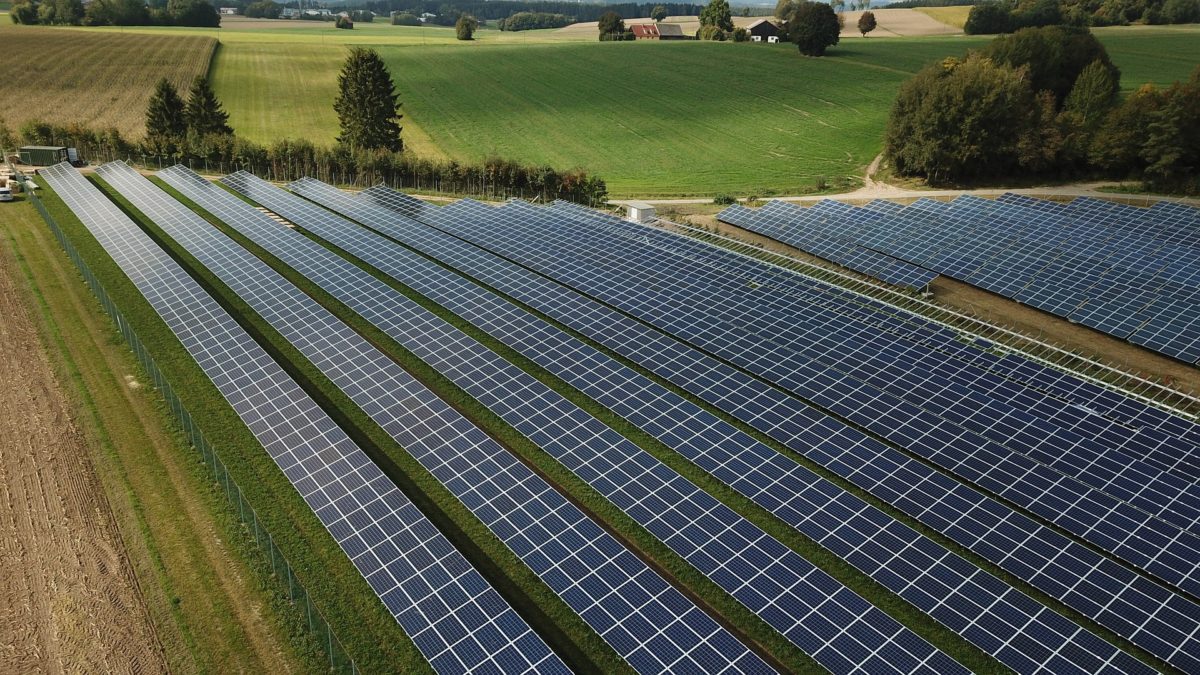Researchers from Beijing Institute of Technology claim to have identified the best areas to host ground-mounted solar parks in the Chinese capital using a new methodology for site selection based on a combination of geographical information systems (GIS) and the new ‘best worst’ decision-making method.
Formulated in 2015, the best-worst method is a multi-criteria decision-making technique said to be able to allocate ratings based on a set of criteria formulated according to the preferences of a single decision-maker. The approach, which involves a systematic comparison between all options plus the best and worst ones, is known to require less comparison data and is thought to produce more consistent comparisons than other multi-criteria decision-making techniques.
Site selection criteria
The researchers excluded all areas which would be restricted from solar energy development and then mapped available sites using the ArcGIS geographical information system technology developed by the U.S.-based Environmental Systems Research Institute.
Site selection criteria included solar potential – which embraced solar radiation and ambient temperature and humidity; distance from the power grid, transportation network and urban areas; proximity to water resources, to reduce operation and maintenance costs; and suitability based on slope and orientation.
The selection method, the researchers said, was complemented by developing a latent semantic indexing approach – a mathematical technique to compare relationships between terms and concepts for a better understanding of the results. “The primary function of this system is to allocate a weight to each site to represent its suitability for implementing PV projects,” stated the resulting paper, which was published in the International Journal of Environmental Science and Technology.
Northern Beijing
The Beijing group said the methodology enabled it to establish 27.4% of the analyzed region met the basic requirements of housing a PV plant with most such areas across a northern strip of the city, from east to west. “Regions closer to [the] transportation network and power transmission lines are of higher interest,” the researchers stated. The findings also indicated small areas in the west of Beijing are suitable for solar deployment, with urban areas with an high population density making up the least suitable sites.
The researchers added, the new methodology could be applied to identify the best locations for hybrid renewable energy projects and could be refined by including criteria such as social and cultural policies.
The findings of the research were presented in the paper A combined geographical information system and Best–Worst Method approach for site selection for photovoltaic power plant projects.
This content is protected by copyright and may not be reused. If you want to cooperate with us and would like to reuse some of our content, please contact: editors@pv-magazine.com.




I am curious whether any progress has been made in measuring off-axis performance of solar panels, an issue I raised several years ago. After all, off-axis is the typical case, except for a very few dual-axis tracker installations. The problem is to design a simple indicator that will capture most of the information in an infeasibly complex total measure. Try the percentage loss at 45 degrees, for starters.